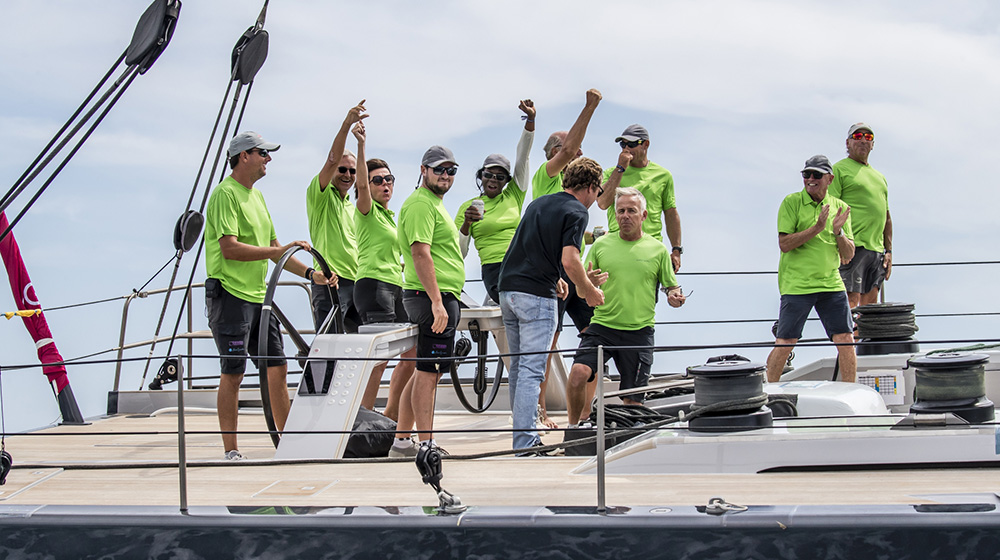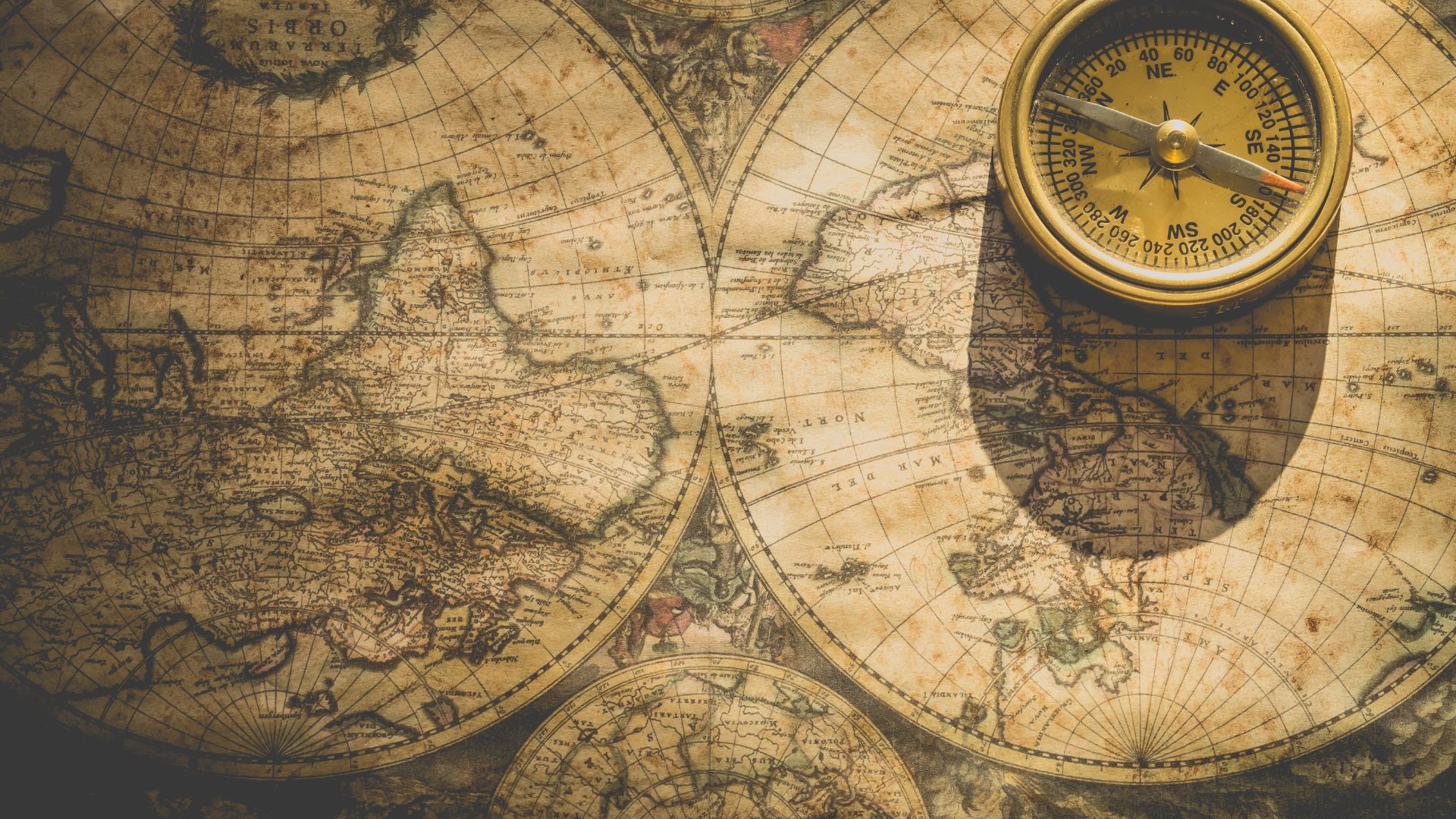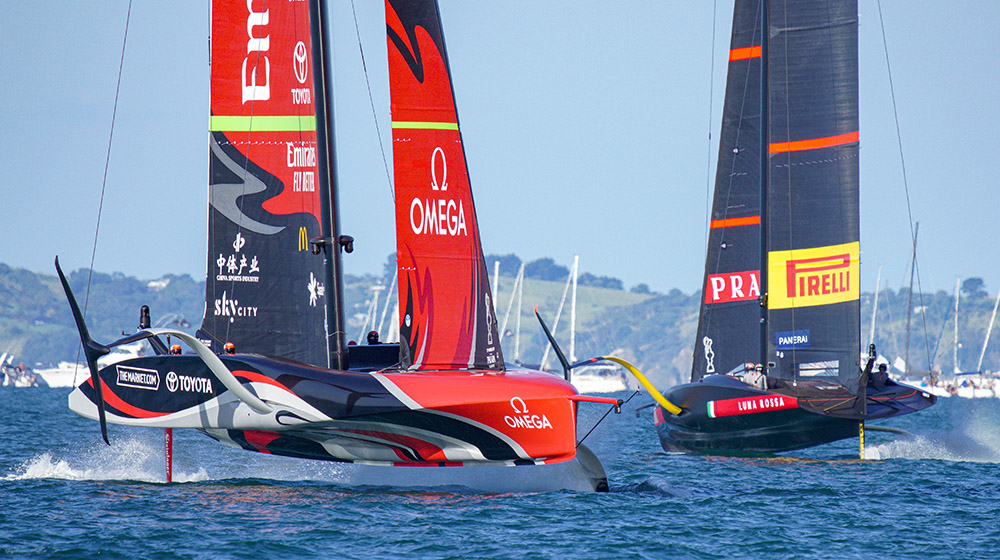
Names of winds and how to identify them
It is very important to know the winds and their names to perform all kinds of activities such as sailing, any sport related to catching waves or simply to go to the mountains. Depending on the origin of the wind, they receive a denomination or another. Next, we will explain the types of winds and how to identify them.
How many types of winds are there and what are they?
There are a multitude of them all over the world, in this article we will focus on the European ones.
Let's start with the main and best known that hit Europe, Llevant and Ponent.
Llevant
It is an easterly wind, because it comes from the east on the Mediterranean coast. In general, from all over the western Mediterranean. It is one of the best known wind names because it is warm, strong and brings fog and precipitation in the Strait of Gibraltar.
However, on the Atlantic coast of Andalusia it is what causes dry weather. When it hits hard it can be dangerous and often prevents the proper functioning of the ports in the towns of Ceuta, Tarifa, Algeciras and Tangier.
Ponent
It is a wind that originates in the west of the Spanish coasts. This wind carries out certain moderation of the heat reducing it, and increasing the humidity of the sea. We can distinguish two types of westerly winds, the one originating in the Mediterranean and the one from the Atlantic.
- The Mediterranean wind is more frequent in the summer season. This wind causes the aforementioned changes of heat moderation and increased humidity. However, in the summer season it causes temperatures to rise. That is why these areas are often the hottest in Spain, recording the highest historical temperatures in the country at 47.2ºC in Murcia and exceeding 47.5ºC in Cordoba.
- In the Atlantic, the westerly wind is much milder and temperatures are more pleasant in summer, without exceeding 30ºC in the central hours of the day. It is the main wind that affects Western Europe. It is quite humid and drags the cold of the ocean. In winter it is the one that originates strong squalls.
We continue with other names of winds in Spain that can also affect other countries.
Tramontane
This wind is one of the best known and most important for those who practice water sports. Its name comes from a Latin word and means "beyond the mountains". It is a northwesterly wind and brings with it quite cold temperatures. It mainly affects Italy, France and the Mediterranean coast of Spain, especially Catalonia and the Balearic Islands. This wind accelerates as it passes through the Pyrenees and the southeast of the Massif Central (France). It is similar to the one we are going to explain next.
Mestral
It is a northwesterly wind of low temperatures, dry and strong that normally reaches 100km/h and can exceed 200km/h. In this case, when it blows very strong, it is due to an increase in atmospheric pressure in northwest Europe, creating a cold front that progresses towards the Alps. This wind blows strongly along the coast of southern France, causing difficult sailing conditions in the Gulf of Lions in France and sometimes extends to Menorca (Spain) and the French island of Corsica.
Southwest
Wind that comes from the southwest, very warm, humid and usually comes loaded with precipitation. It comes from Africa, and is generated by the Atlantic area between the Canary Islands and the Azores. It is a fairly typical wind in Spain, especially in the autumn and spring rains of the Meseta (Madrid and the two Castiles) and part of Extremadura and Andalusia.
Trade winds
Another of the winds coming from Africa and blowing through practically all areas, from east to west, from north to south between the equator and the tropics and its intensity depends on the seasons of the year. Therefore, in Spain, they mainly affect the Canary Islands. Outside Spain, they generally impact countries in Africa, Central America, Saudi Arabia, India and southern China, as well as Thailand, Vietnam, the Philippines... and the Indonesian islands.
Sirocco and Llebeig
They manifest themselves in a similar way, the difference in the name is due to the origin. The sirocco comes from the southeast of the Mediterranean, specifically from the Sahara and arrives at hurricane speeds in North Africa and southern Europe. On the other hand, llebeig is the name given to the wind coming from the southwest, also from the Sahara. These winds are usually anticipated by calima (warm haze).
The characteristic color of this haze is caused by the large amount of African dust it carries. Normally, after this calima, a depression is provoked, which brings rain and storms. It affects Spain, Africa and parts of Europe such as Italy, France, Croatia, Greece...
Other winds with less known names that affect other European countries close to Spain but that do not have a strong impact in our country are:
Meltemi
It is a name of dry and strong north wind that we can feel in Greece, especially on the coast. It is a cold wind, but it is appreciated as it manifests itself in the summer seasons and it is the one that refreshes the hot days along the Aegean coast. However, it is a dangerous wind for sailing, as it is unexpected and can reach high speeds.
Khamsin
Very dry and hot wind from the southeast that blows in spring. Like the sirocco it is a dusty wind as it comes from the Sahara. This wind attacks mainly areas of Africa, Egypt, Israel and Saudi Arabia. This is also the name given to the winds blowing in the Red Sea.
Bora
It comes from the north. It is characterized by being cold and dry as it descends from the Alps and mainly affects the Adriatic Sea, Croatia, Greece, Slovenia, Turkey and Italy. It usually manifests itself in the form of gusts and is frequent especially in the winter, since it is very cold.
Remember that it is very important to know the names of the winds, their origin and how they manifest themselves in order to carry out any type of nautical or maritime activity.













_v2.svg)
_v2.svg)









_v2.svg)


